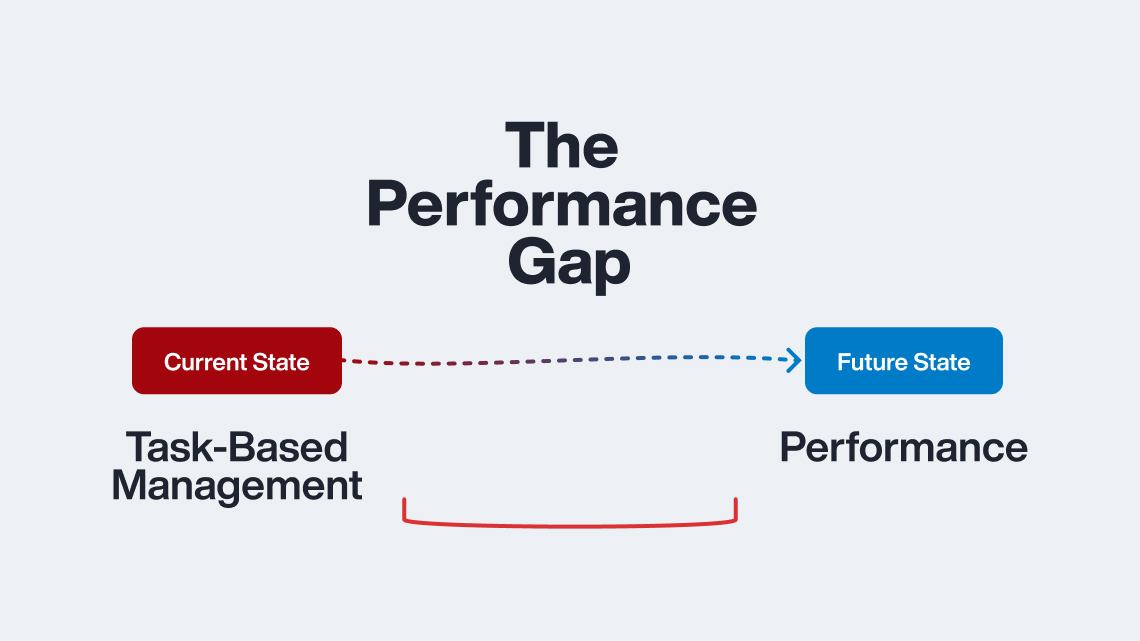Published on January 21st, 2015
By Alexis Hammond
Many property management professionals see the annual inspection report primarily as a tool to keep equipment and rental homes in excellent condition. There’s another, perhaps more significant reason, to make sure routine inspections are thorough and meticulously documented. Risk Management.
Property Management is a Professional with Elevated Risk Exposure
“Owner of fatal Portland apartment fire building given until Jan. 18 to correct safety violations at second property”
The above headline was taken from the Bangor Daily News recently. After handing down a decision that property owner negligence led to the deaths of six people in an apartment building fire, Justice Joyce Wheeler ordered assets frozen and a $1.7 million dollar lien against the building owner’s properties.
In another lawsuit against a property management company, a widow sued after her husband drown while trying to take care of swans originally brought to the property to deter geese from gathering on a community pond.
Countless lawsuits are filed every year against property managers and building owners for everything from failure to provide a safe and secure environment to negligence associated with poor hiring practices.
Prevention: The Best Risk Management Plan
Preventive measures are the most effective way to keep your properties in excellent condition and curb maintenance cost. The same practical approach helps rental market professional teams assess their risks and avoid preventable litigation.
Brain storming is one strategy that proactive management professionals can use to identify hidden areas that pose risks. Going back to the two examples above, it’s logical to assume the property manager should always take steps to prevent fires – checking smoke extinguishers, electric wiring, fuse boxes and other hazards for damage or weakness.
Brainstorming gives you opportunities to look beyond the obvious to consider non-standard risks associated with fires. Think about resident smoking policies, butt receptacles and educating residents about kitchen safety. Flammable chemical storage, hazard training and disposal policies are other categories that deserve review.
The second example, provides insight in less obvious risk potential. The property managers probably thought they were doing a good thing for their residents by importing swans. Too many migrating geese cause noise pollution and foul the water – even leading to an oxygen depletion level that encourages unwanted algae and aquatic plants to thrive.
But failure to understand the aggressive, territorial nature of swans and the risks associated with delegating their care to an untrained employee set the stage for disaster.
Brainstorming with Purpose
By encouraging your residents to report potential problems in common areas, such as rusted grates and siding damage, you are creating an open-door policy and an impression you value their safety, security and comfort.
Gathering staff members together every quarter for a think-outside-the-box brainstorming session to explore potential problems before they appear is another way to get ahead of the game. Don’t discount any suggestion without a thorough analysis. Who would think that swans could trigger a wrongful death lawsuit?
It’s important to keep your annual inspection checklist up-to-date. Don’t neglect your general obligations – checking appliances, heating and air conditioning systems, plumbing fixtures and security lighting, but keep your eyes open for less obvious risks. That rusted storm grate behind the shrubbery could give way when a utility worker steps on it to check meters or when landscape workers are tending plants.
When you find potential issues, add them to your mobile inspection checklist immediately.








Comments by Alexis Hammond
How Small Property Management Companies Win the Competition Game
Hi Brian - There are several great sources out there. Here ...
AppFolio End of Year Preparation (Customer Webinar Recap)
We're glad you found it useful. Thanks for your interest in ...
AppFolio Reports and Letters Overview (Webinar Recap)
Hi Felix - Thanks for joining our webinar. There is ...
AppFolio Mobile Inspections (Webinar Recap)
Hi Nancy - It shouldn't take long for the photos to upload. ...
The Benefits (and Risks) of Renting to College Students
Hi Jeff - Thanks for your comment. While every location is ...